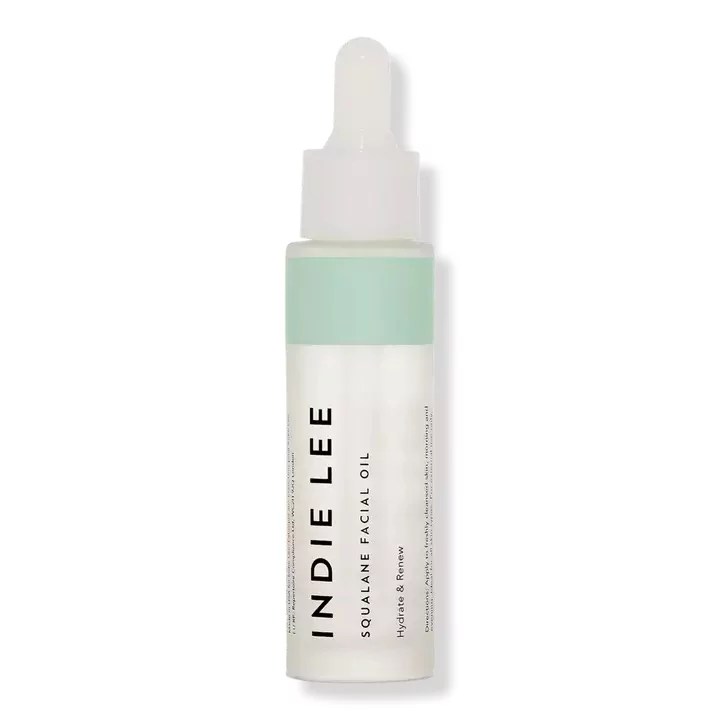Like so many little girls who grew up during the early 2000s, I was introduced to skin care through clay masks. More specifically, through those little 7th Heaven envelopes you could grab at the grocery store for $3. I’d always slide a few into my mom’s cart, and as soon as I got home I’d slather the green clay all over my face and let it dry completely before scraping it off. Eight-year-old Kara didn’t know she was breaking one of the cardinal clay masks rules—and, to be perfectly honest, neither did 26-year-old Kara until an esthetician schooled me.
As it turns out, clay masks aren’t as simple as they seem. So Sasha Banner, a licensed esthetician at Heyday in New York City, is here to tell us how it’s done.
“Clay masks are useful because they are primarily used to pull oil and impurities out of the skin. Clay masks can also aid in firming and toning the skin,” says Banner. Overdo it, though, and your skin will be very unhappy. “Clay masks will typically have ingredients like bentonite and kaolin which are meant to absorb surface oils from the skin. You may notice your skin feels tight after leaving a clay mask on for too long. This is an indication that the mask is removing the necessary good oils from your skin.”
Any skin type can use a clay mask—but in order to ensure these formulas don’t leave your skin raw and angry, you want to be absolutely sure to find the right product (ideally, something that’s got hydrating and soothing ingredients) and follow a few basic—but very important—rules of engagement.
4 basic clay mask rules you should always follow
1. Get the right mask for your skin type
“Not all clay masks are created equally,” says Banner. “There is literally a clay mask out there for just about everyone. While in the grand scheme of things clay masks will detoxify and absorb excess oils, some can be hydrating, exfoliating, and anti-aging as well. It’s all in the ingredients, so pay attention to that.”
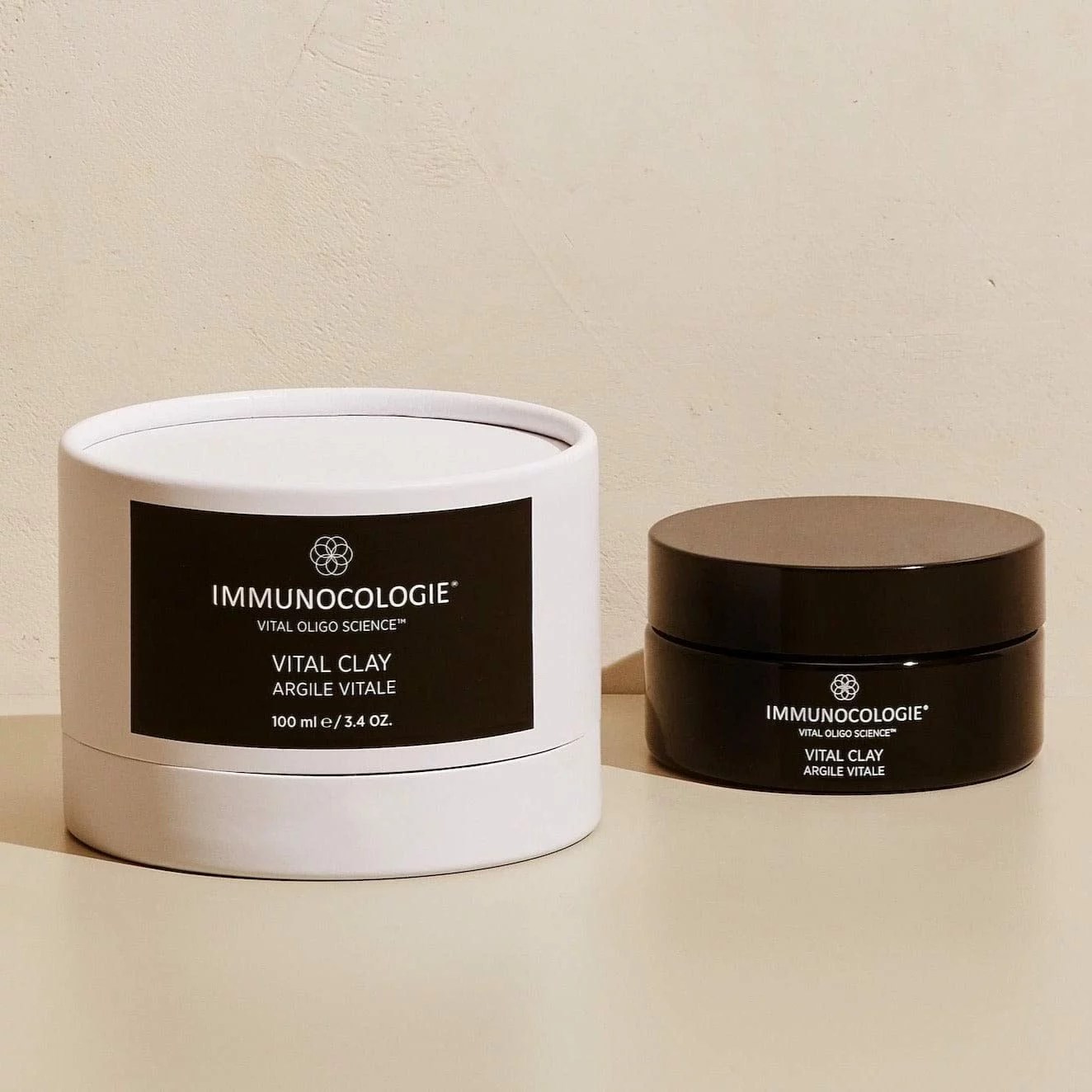
Immunocologie, Vital Clay Mask — $30.00
“My go-to clay mask would have to be Immunocologie Vital Clay Mask,” says Banner. “This mask is a life-saver when my skin is inflamed and congested as it contains salicylic acid. This ingredient is a triple threat in exfoliating, reducing inflammation, and helping fight future breakouts.”
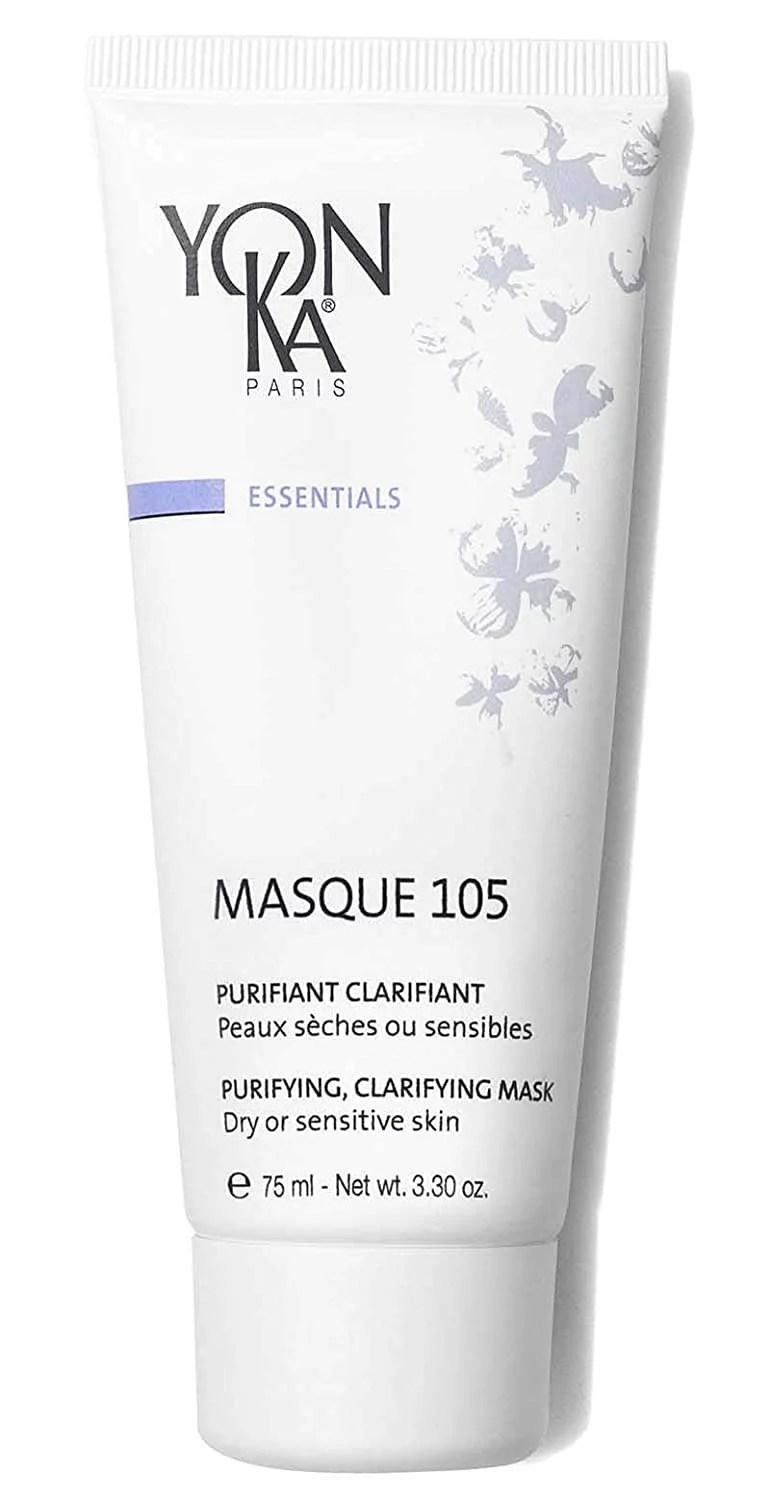
Yon-Ka Paris, Masque 105 — $54.00
This clarifying mask from Yon-Ka Paris was designed for dry skin and was made with three types of clay—montmorillonite, bentonite, and kaolin to purify and brighten. It also has lemon peel oil and savory extract to make the formula more tolerable for dry and sensitive skin.
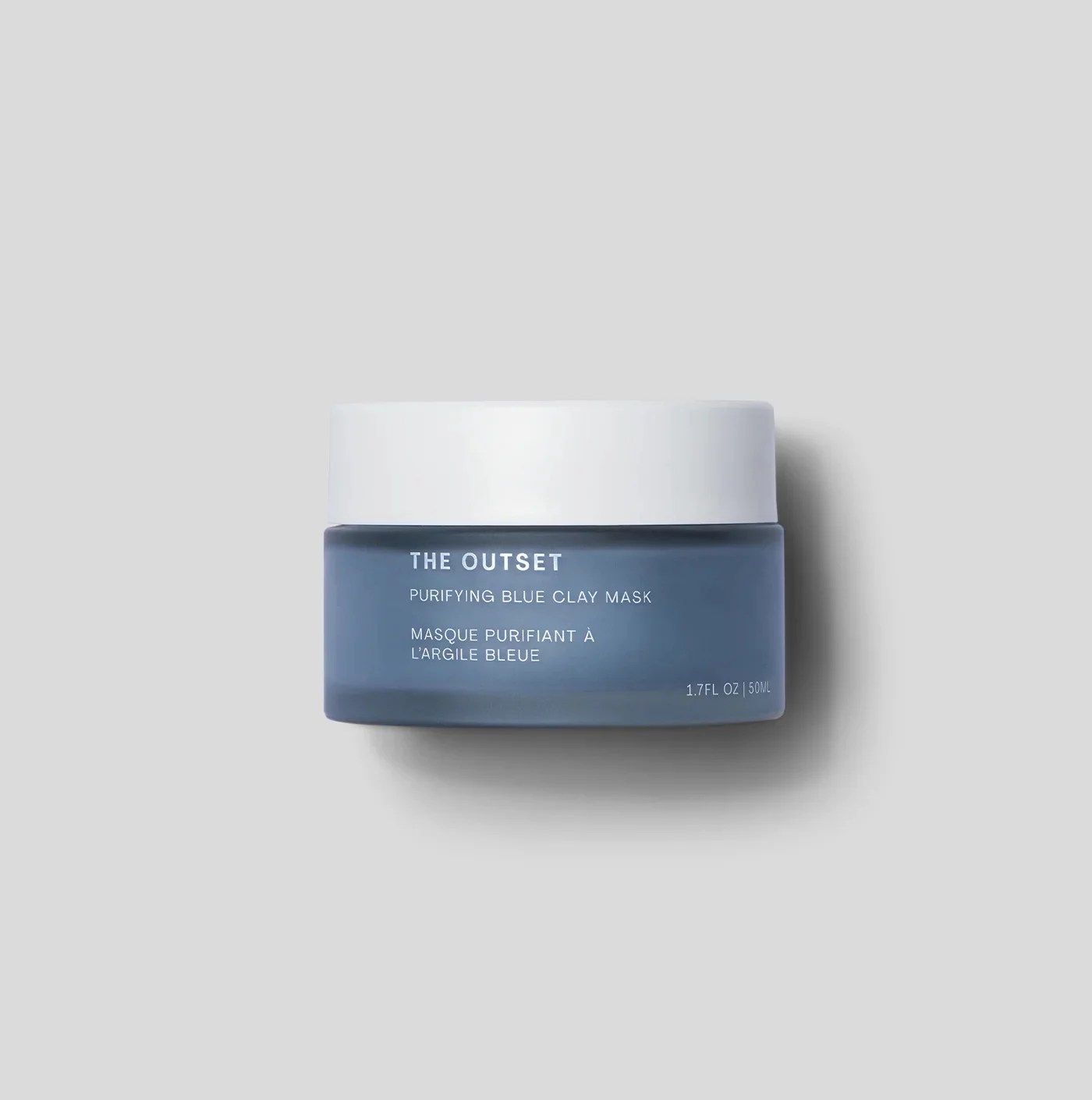
The Outset, Purifying Blue Clay Mask — $46.00
“The Outset’s Purifying Blue Clay Mask is a fantastic mask for someone looking to add hydration to their skin while simultaneously combating dehydration and breakouts,” says Banner. “With ingredients like niacinamide (vitamin B3) which brightens pigmentation and strengthens the skin barrier and Hyaluroset Complex a botanical alternative to hyaluronic acid that nourishes, plumps, and smooths skin, this clay mask is a powerhouse.”
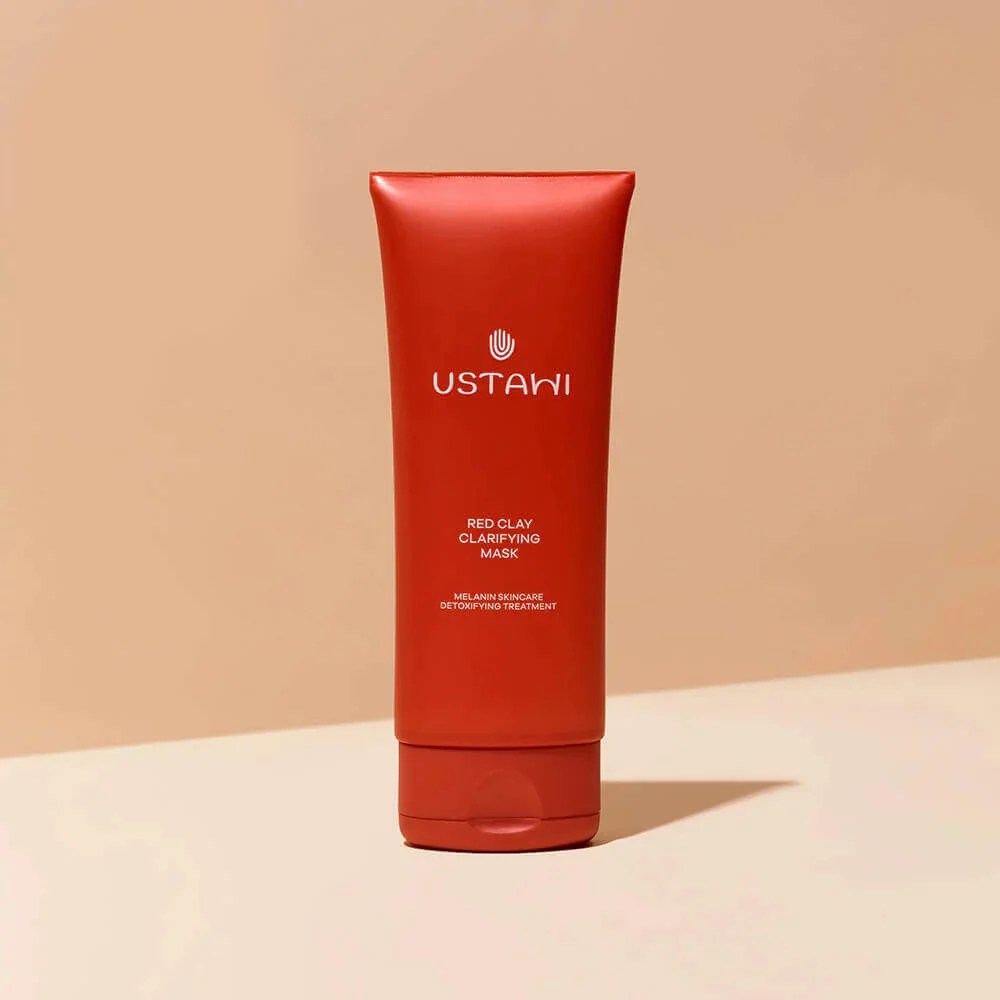
Ustawi, Red Clay Clarifying Mask — $37.00
This mask softens, smooths, and soothes your skin with two types of clay. Red clay is rich in copper, selenium, magnesium, zinc, and manganese to nourish the skin while white clay deeply detoxifies. It’s perfect for balancing and hydrating the most stressed and sensitive skin.
2. Avoid placing a clay mask on areas of the face that are visibly dry
“Clay masks can contain ingredients like salicylic acid, which is another oil-absorbing ingredient meant to exfoliate dead skin cells and fight breakouts,” says Banner. “Applying a clay mask to an area that’s already visibly dry can cause further dryness and deplete the skin of whatever moisture and oils it has.”
3. Never, EVER let a clay mask fully dry out
“More time doesn’t mean it’s working better,” says Banner. “An overabsorption of oils can cause your skin to go into ‘fight or flight’ mode and cause it to actually produce more oils and disrupt your skin’s pH, consequently doing the complete opposite of what you want your clay mask to do for you.”
Instead, read the directions for the mask you’re using and see how long you should leave it on. Most will recommend applying a thick, even layer and leaving it on between five and 15 minutes.
4. Always follow up a clay mask with moisturizing ingredients
“The name of the game here is balance,” says Banner. “Whatever you take out, you must put it back to create harmony in your skin’s biome. There is a common misconception that oily skin types should avoid oilsand hydration. But that couldn’t be further from the truth. Oily skin types should instead choose hydrating ingredients and oils that are most bioidentical to what our bodies naturally produce. Think more along the lines of glycerin, hyaluronic acid, jojoba, squalene, and rosehip oils. Avoiding ingredients like coconut and mineral oils as these can be very comedogenic (pore-clogging).” She suggests using the Indie Lee Squalane Facial Oil ($38) or Image Skincare’s Ageless Total Pure Hyaluronic-6 Filler ($80) to “create that balance and complete your skincare routine after a clay mask.”
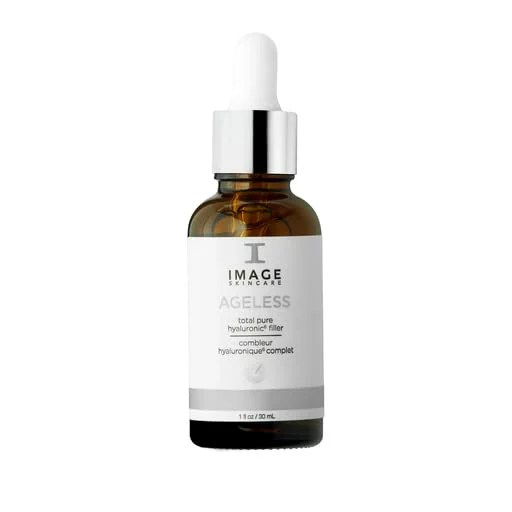
Image Skincare, Ageless Total Pure Hyaluronic-6 Filler — $80.00
This concentrated topical contains six different forms of hyaluronic acid including one that is time-releassd and cross-linked to provide 50 timed the water-binding capacity of pure hyaluronic acid and five times more moisturization. Plus, it has higher free radical scavenging properties, which means it will help defend against visible signs of skin aging.
Our editors independently select these products. Making a purchase through our links may earn Well+Good a commission.

